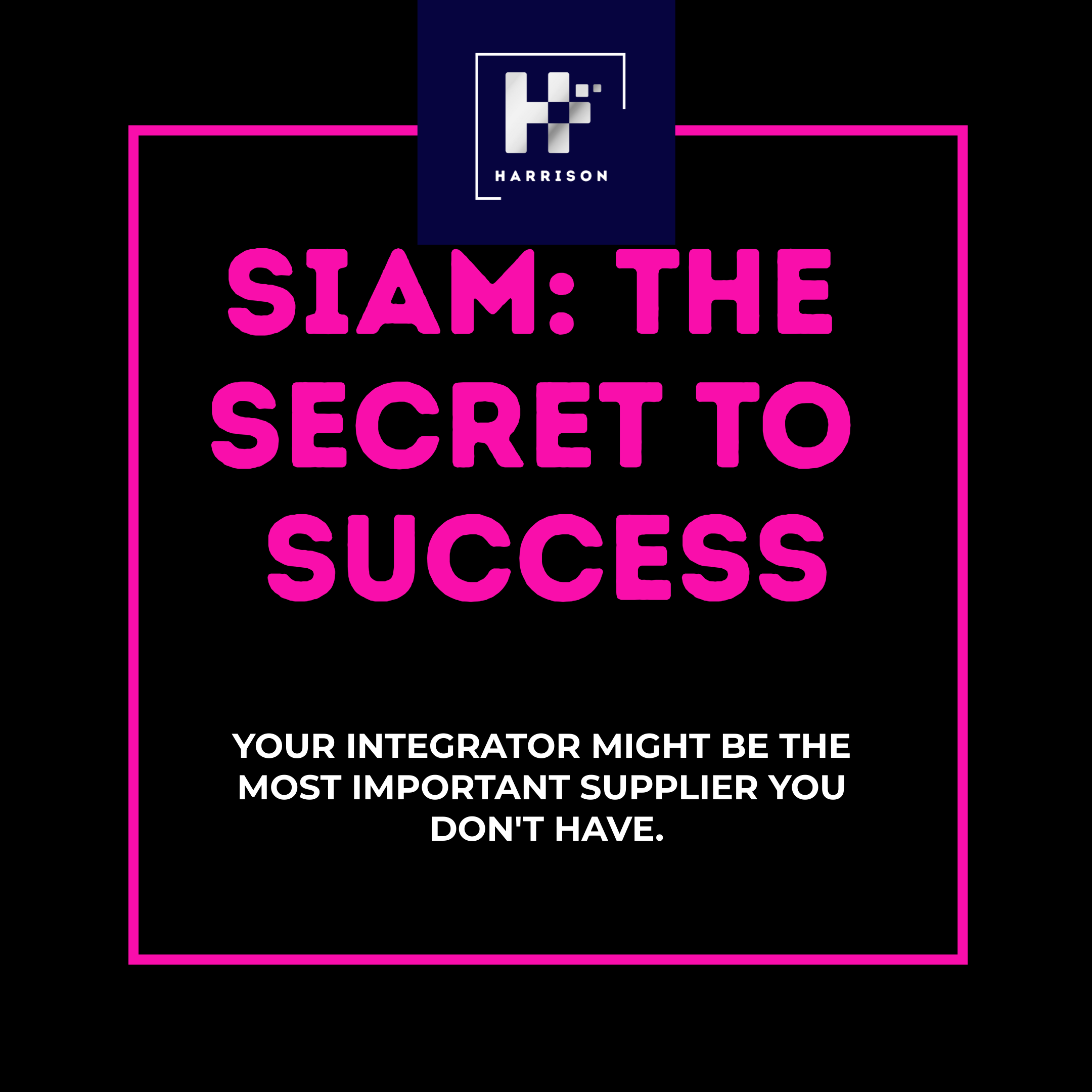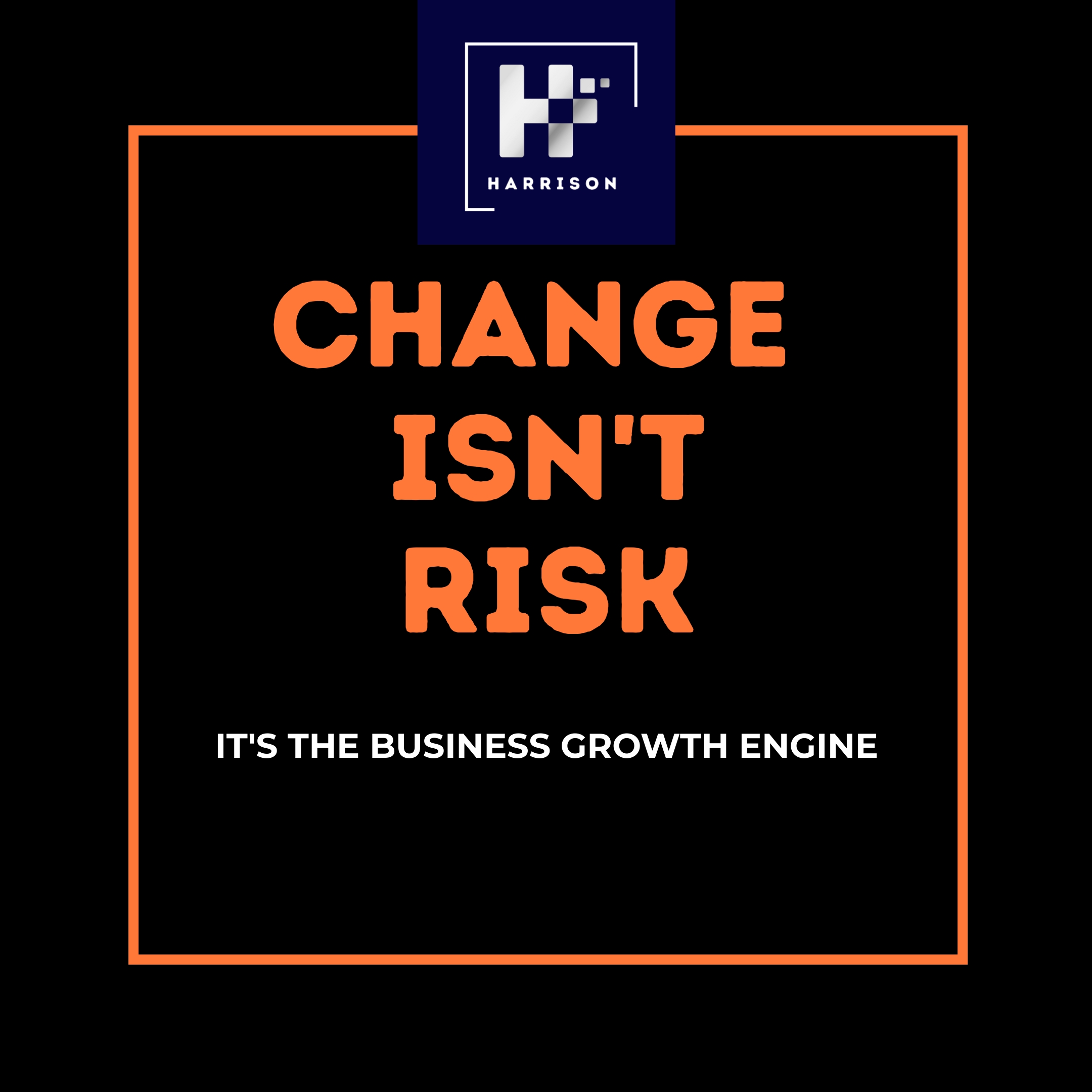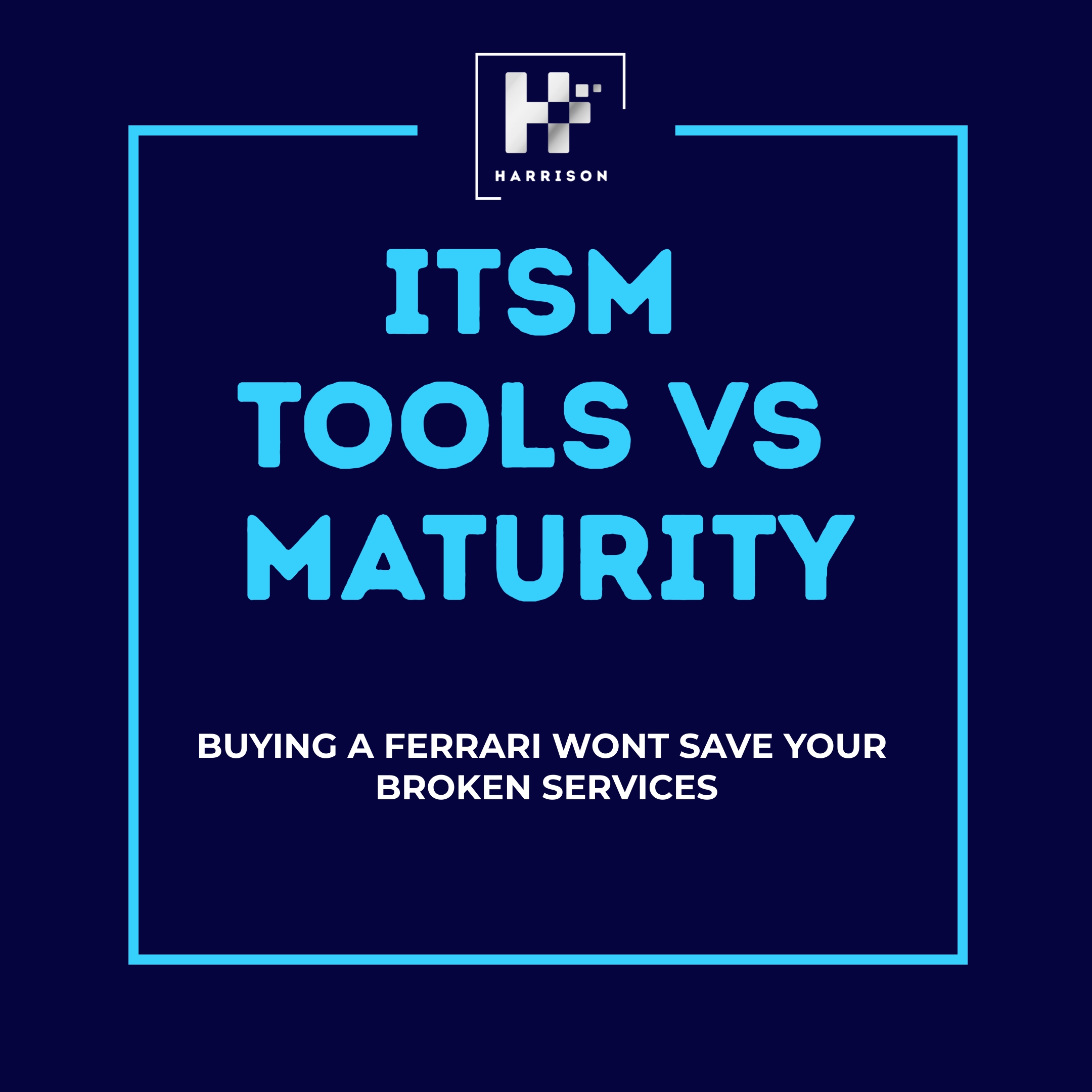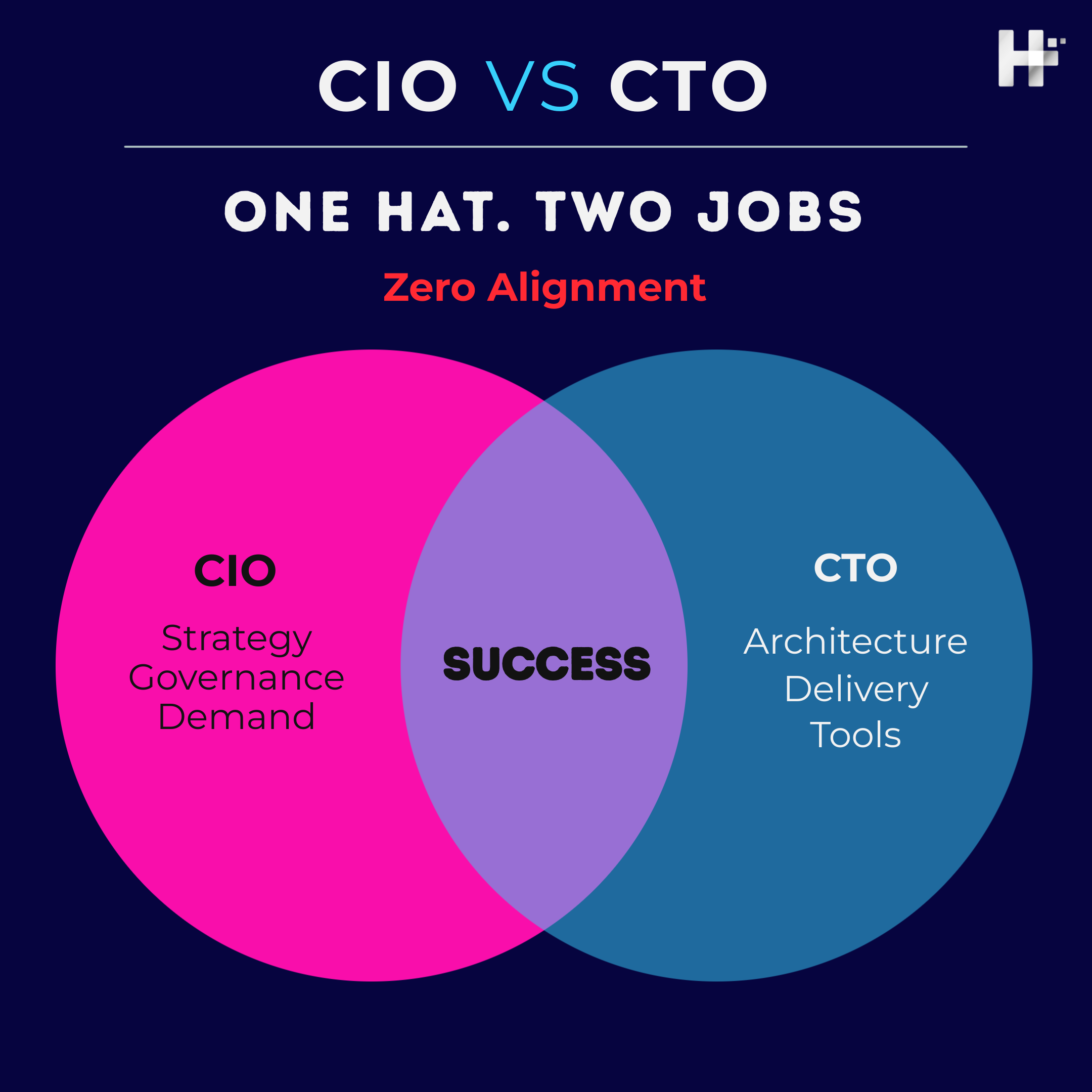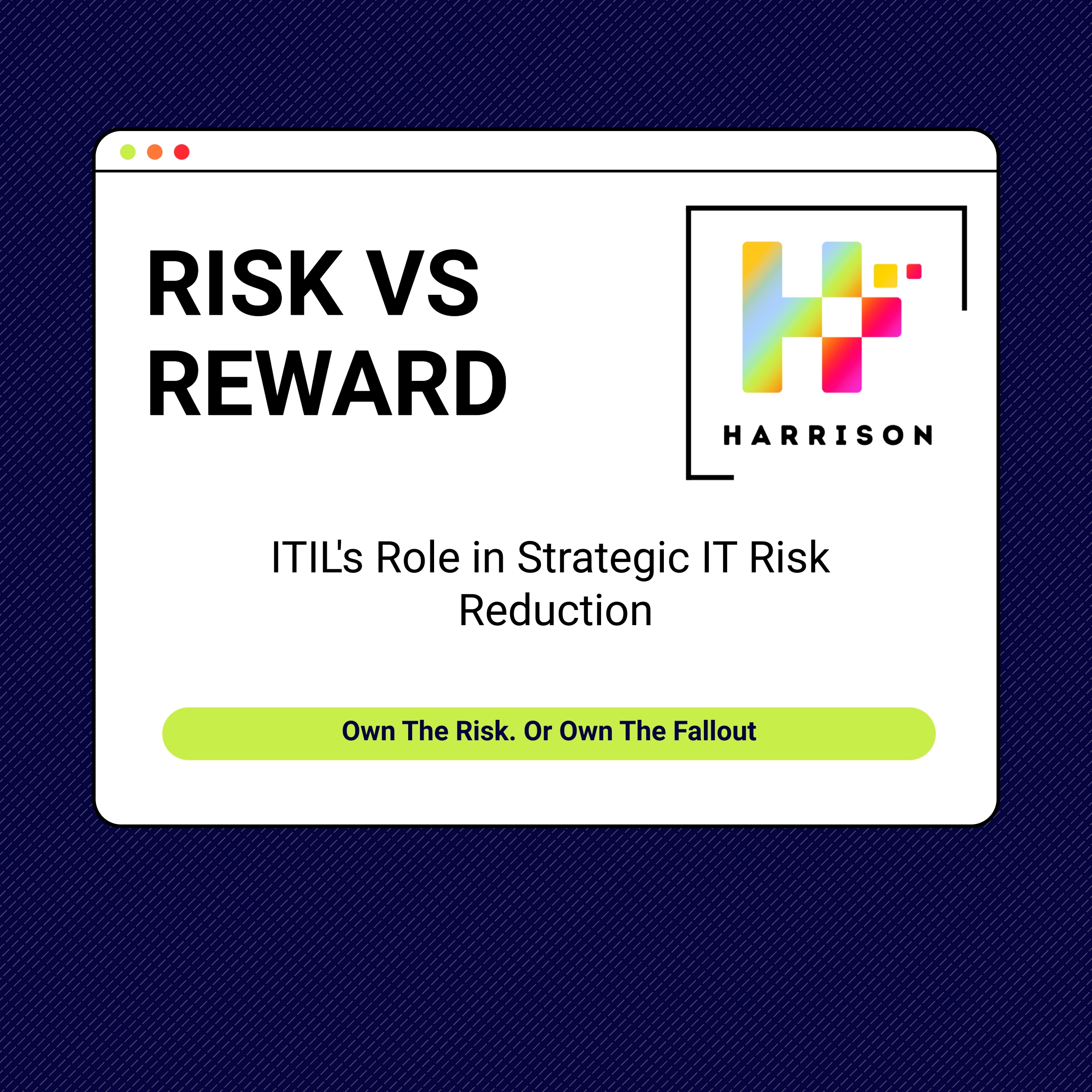Prioritising Employee Experience in ITSM: A Competitive Advantage
Introduction:
Employee experience is no longer a “nice-to-have”—it’s a critical factor in organisational success. In IT Service Management (ITSM), this focus translates into creating seamless, user-friendly interactions between employees and IT services.
This blog explores the growing importance of employee experience in ITSM, its direct impact on business outcomes, and how CIOs can prioritise it to drive productivity and satisfaction.
Why Employee Experience Matters in ITSM
Key Impacts:
- Higher Productivity: Tools and processes that are intuitive and reliable enable employees to focus on their core tasks.
- Reduced Turnover: A positive IT experience fosters a sense of support and engagement, reducing frustration and attrition.
- Enhanced Reputation: A seamless employee experience often translates into better customer interactions, as satisfied employees are more effective in their roles.
Industry Insight:
A Deloitte report states that organisations focusing on employee experience are 25% more profitable than their peers.
Challenges to Prioritising Employee Experience in ITSM
- Legacy Systems
Outdated tools and interfaces hinder usability and frustrate employees. - Misaligned Priorities
IT teams often focus on technical metrics like uptime, neglecting the human experience. - Insufficient Feedback Loops
Without regular feedback, IT teams struggle to understand and address employee pain points.
Strategies to Enhance Employee Experience in ITSM
1. Invest in User-Centric Tools
- Adopt ITSM platforms with intuitive interfaces and self-service options.
- Ensure mobile-friendly functionality for remote and hybrid workforces.
2. Streamline Service Requests
- Reduce complexity by standardising and simplifying service request workflows.
- Implement AI-driven chatbots to assist with common queries.
3. Use Feedback to Drive Improvements
- Regularly survey employees to identify pain points.
- Use analytics to track metrics like ticket resolution time and user satisfaction.
4. Promote Collaboration Between IT and HR
- Partner with HR to align IT services with broader employee experience goals.
- Leverage HR insights to tailor IT services to employee needs.
Best Practices in Action
Case Study:
A financial services firm replaced its clunky service desk with an AI-driven ITSM platform. By automating repetitive tasks and enabling employees to resolve common issues independently, they reduced ticket resolution time by 40% and saw a 25% improvement in employee satisfaction scores.
The Provocative Question
Does your ITSM strategy treat employees as end-users—or as valued customers? In today’s competitive landscape, prioritising employee experience isn’t optional; it’s essential.
Conclusion
Improving employee experience in ITSM requires a shift in perspective, from merely resolving issues to actively enabling employee success. By investing in user-centric tools, listening to feedback, and fostering collaboration, CIOs can create an IT environment that drives engagement and productivity.
Want to elevate your organisation’s employee experience? Contact us at Harrison James IT Consulting.
Follow us
Latest articles
December 15, 2025
December 15, 2025
December 15, 2025
December 15, 2025
December 15, 2025
December 15, 2025


